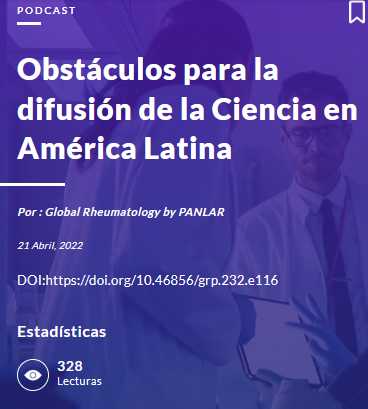El Toolkit de los síndromes de Ehlers-Danlos
- Artículo científico
- Artículos para residentes
- Documentos de la residencia
- Artículos científico
- Recursos de información
- repositorio de artículos
- Artículo científico
- Documentos de la residencia
- Recursos educativos
- Artículo científico
- Criterios clínicos
- Recursos de información
- Recursos educativos
- Síndromes
- Recursos educativos
- Recursos de información
- Inicie sesión o regístrese para enviar comentarios
Toolkit

The Ehlers-Danlos syndromes (EDS) are heritable connective tissue disorders affecting the quality of collagen in every part of the body. They were once considered to be very rare and only seen by rheumatologists. There are 13 types of Ehlers-Danlos syndrome, most of which are indeed rare. However, the hypermobile type of EDS (and associated hypermobility spectrum disorder) is thought to be common and this toolkit will focus primarily on this type, although many of the clinical signs and symptoms discussed can also appear across the other EDS types. The old diagnosis of Joint Hypermobility syndrome (JHS) is now considered part of the spectrum of Hypermobile EDS
Hypermobile EDS is now understood as a multi-system disorder which can have a marked impact on health and which may help us to explain apparently mysterious multiple symptoms.
This toolkit sets out the latest thinking in EDS, including the new approaches to diagnosis and treatment set out by the International Consortium on the Ehlers-Danlos syndromes in 2017, as they relate to primary care.
This toolkit has been developed in partnership between the RCGP Clinical Innovation and Research Centre and Ehlers Danlos Support UK led by Emma Reinhold and with contributions from Lisa Jamieson, Lesley Kavi, Kay Julier, Hanadi Kazkaz, Alan Hakim, Nikki Praiba, Gemma Pearce, Philip Bull and Jan Groh.
Redes sociales
Inicio de sesión
Quién está en línea
Próximos cursos
Eventos científicos 2022-2024
Audiovisuales
Caso clínico: Índice de Rodnan en la valoración cutánea de la esclerosis sistémica
Introducción a las guías PANLAR: arteritis de Takayasu
Introducción a las guías PANLAR: espondiloartritis axial
31 de mayo: Día de la reumatología panamericana (PANLAR)
Manifestaciones clíncas más allá del ESSDAI
Infomed 2.0: Reumatología
|
|
|
|
|
Sem del 9 al 15 de Dic de 2019 Jornada Nacional de Reumatología Reuma-CIMEQ 2019 |
Enfermedades reumáticas en imágenes
Búsqueda por categorías
Publicado: 27 de mayo de 2005
Actualizado: 23 de octubre de 2025























